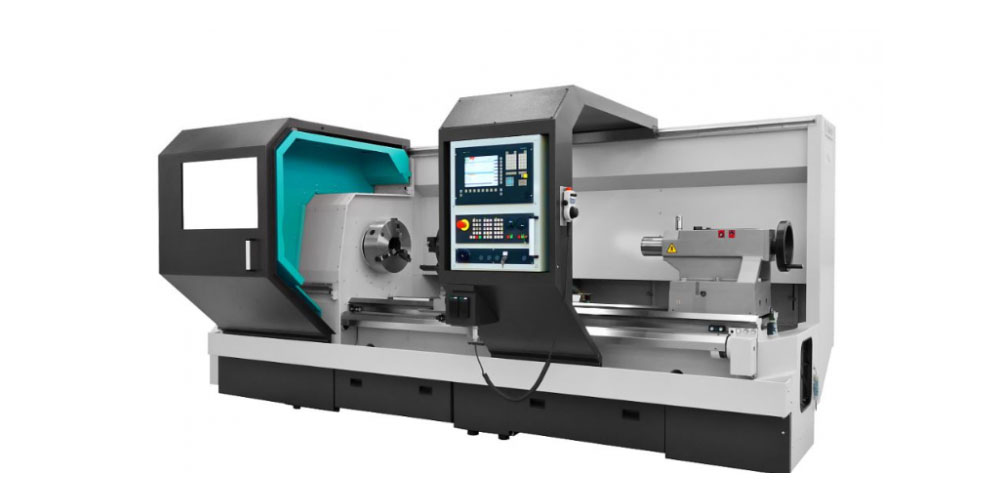CNC milling is a type of CNC machining that works by removing/shaping materials using rotary cutters. These cutters are usually mounted inside a machine, and the entire process is computer numeric controlled. CNC milling has become a prevalent production method, and there are various types of milling parts and devices. In this post, we dive into CNC mill types.
1. Primary types of CNC milling machines
There are various types of CNC milling machines, depending on their functionality. They are;
a. Vertical CNC milling machines
What makes these machines unique is the fact that their tooling rotating runs vertically. This means that they run in the direction of gravity. Simple vertical CNC milling machines have three axes. It is on these axes that the tooling moves vertically. The movements of the tables also influence the functioning of these machines.
The tables move from the front to the back and from side to side. Vertical milling machines are widespread in the CNC machining service market. The reason for their popularity is the fact that they are very cost-effective. Their prevalence can also be accredited to their simplicity in the program. Regardless of the simplicity, these machines are still handy, and they have useful capabilities.
b. Horizontal CNC milling machines
Like their counterparts mentioned above, these machines are named according to the movement of their tooling pins. These milling machines have tooling pins that move horizontally. Regardless, they feature the same tooling parts and function almost the same way.
Note that these machines often have a fourth axis. The role of the extra axis is to allow for rotation. The rotation enables the head to access all the sides of the part. This element is useful in providing high levels of precision. Also, if the machine is used to produce many similar features, it often comes with a pallet changer. This part allows the device to have two working areas. One area is where the components are machined. The second one is where the operator works.
Between vertical and horizontal types of CNC milling machines, horizontal devices are more expensive than the latter. Their high cost can be attributed to the fact that they are better suited for production machining. They are also better at fast production because they can be optimized. Regardless of their cost, these machines are still quite popular.
2. Secondary types
Other than the two common types mentioned above, there are also;
- Turret CNC milling machines have a stationary spindle and a table that moves parallel and perpendicularly to the axis. They also have a quill that allows the cutter to move up and down. Some people refer to this machine as a type of vertical milling device.
- Bed CNC milling machine- this one is almost similar to a turret mill. However, the table only moves perpendicularly. This type of device allows for a more confined production. Bed mills are also more rigid than their counterparts.
Conclusion
When choosing between the types of milling machines mentioned above, you have to consider both their upsides and downsides. You also need to consider the machine’s functioning and the kind of project you want to run.
